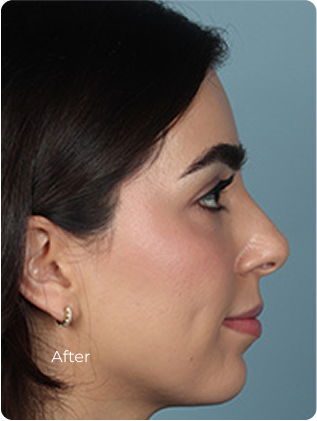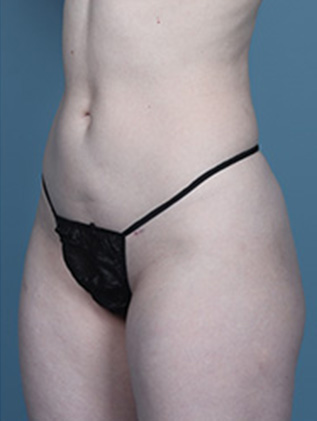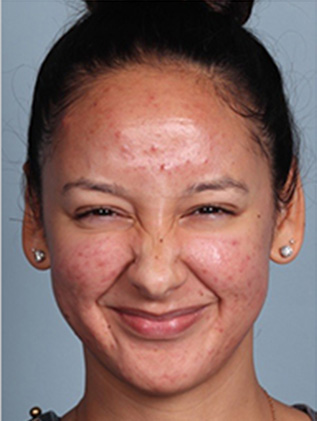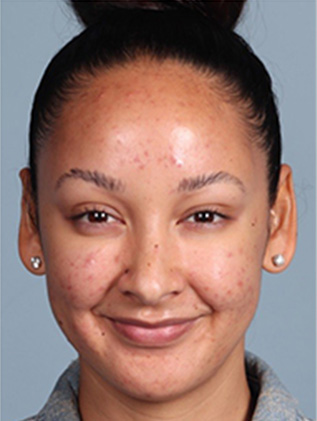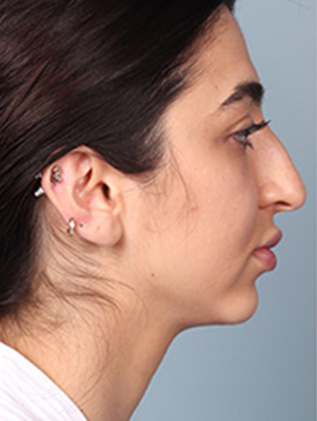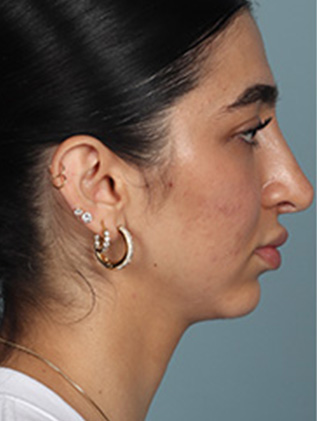Over a lifetime, we all undergo extraordinary changes. From a newborn with plump features and soft, elastic skin, we gradually transform into adults, shaped by the passage of time. During these years, every cell in our body will have been replaced countless times, and we’ll have accumulated a wealth of experiences, many of which may eventually blur in memory. Despite carrying the same name and perceiving ourselves as a continuous, singular entity, many notice a growing disconnect between the youthful energy they feel inside and the aging reflection they see in the mirror—prompting some to consider Mini Facelift and Neck Lift as a way to restore their appearance to better align with their inner vitality.
As the signs of aging become more pronounced, many seek ways to restore their appearance to better align with their inner vitality. One increasingly popular solution is the mini facelift, a surgical procedure that effectively rejuvenates the lower face by addressing sagging jowls and enhancing facial contours. Often paired with a neck lift to address loose skin or excess fat in the neck, the mini facelift offers a natural and refreshed appearance, helping individuals look as youthful as they feel.
What is a Mini Facelift and Neck Lift?
A mini facelift and neck lift are surgical procedures designed to address early signs of aging, primarily in the face and neck, often for individuals between the ages of 35 and 55, as these procedures target early signs of aging like mild sagging and skin laxity. According to The Ideal Age for a Facelift, these treatments address concerns before they become more pronounced, allowing for a more natural, refreshed appearance. Starting at a younger age can also help extend the longevity of results and prevent the need for more invasive interventions later on.
The term “mini” refers to the smaller incisions and reduced skin removal involved, but despite the name, it remains a significant surgical procedure requiring downtime. In a mini facelift, the incisions typically run primarily behind the ear, depending on the extent of skin laxity. The less the skin laxity, the shorter the incision needed.
During the procedure, the surgeon elevates the jowls and lifts the skin vertically to restore definition to the jawline, eliminating the blending between the neck and face. This tightening occurs in two layers: the deeper muscle layer (SMAS) is tightened vertically, and the skin is smoothed horizontally, avoiding the “pulled” look often associated with facelifts. This two-plane tightening effectively addresses sagging in the mid-face and jawline, providing a natural and rejuvenated appearance.
On the other hand, a neck lift explicitly targets sagging skin and excess fat in the neck area. This procedure tightens the central portion of the neck, improving the contour and definition between the neck and chin. While a mini facelift focuses on the lower face, combining it with a neck lift can offer more comprehensive rejuvenation, especially for those concerned about loose skin or muscle laxity in both areas.
The Crevasse Technique
The Crevasse technique is an innovative approach to neck lifting and facelifting. It targets the deep structures of the neck and lower face to achieve enhanced jawline definition and a more sculpted appearance. Traditional facelifts primarily address aging by lifting the facial structures vertically. At the same time, the Crevasse technique goes a step further by focusing on the unique dynamics of neck aging, where tissue tends to sag outward rather than downward.
Targeting Deeper Structures
While most people immediately think of a facelift as a primary procedure to address aging, a neck lift in Santa Monica can be instrumental in making you look more youthful and refreshed. Sun damage, massive weight loss, genetics, and smoking are all factors that can further compromise the look of your neck, causing self-consciousness and social inhibition. A neck lift can restore firm, tight contours, reduce neck sagging, combat vertical neck banding, and minimize wrinkles. Dr. Macias is excited to offer neck lift surgery as part of his ongoing commitment to cutting-edge solutions in anti-aging.
This technique involves a deep neck lift that tightens the superficial muscles and addresses deeper anatomical structures contributing to neck heaviness over time. These include submental fat, the anterior digastric muscle, and the submandibular gland. By reshaping, reducing, or repositioning these elements, the Crevasse technique treats the root cause of neck heaviness, leading to longer-lasting and more natural results.
Once these deep neck adjustments are made, additional support is created by tightening the platysma muscles, forming a “trampoline” effect under the chin that enhances the overall structure of the lower face. A key innovation in the Crevasse technique is the reattachment of muscle to bone at the jawline, which adds further tension and definition. This creates a sharper and more defined jawline, improving the transition from face to neck.
The Crevasse technique powerfully improves jawline aesthetics, often giving patients a more youthful and beautiful appearance than before aging. This technique represents a significant advancement in facial rejuvenation by addressing the cosmetic and structural aspects of the face and neck.
Explore Advanced Procedures for Optimal Outcomes
This technique significantly advances facial rejuvenation, offering patients a more youthful and natural appearance. For those interested in more advanced procedures, exploring Dr. Macias’ Deep Plane Facelift Techniques and Results can provide valuable insights into achieving optimal outcomes.
Facelift vs Mini Facelift: Differences, Which Procedure to Choose
A mini and full facelift differ in scope, duration, and results. The primary goals of both procedures are to reposition tissues that have sagged with age, enhance the jawline, define the neck chin angle, and re-elevate the cheek fat over the cheekbone.
A mini facelift focuses on the lower third of the face, particularly around the jawline and the lower nasolabial fold, addressing mild to moderate sagging. It typically involves a smaller incision that starts at the junction of the ear and cheek, extending behind the ear into the hairline without altering the hairline. The procedure takes about two to two and a half hours to perform, and the recovery time is quicker, usually between one to two weeks. The results of a mini facelift can last anywhere from five to ten years.
In contrast, a full facelift addresses more significant aging changes over a larger surface area, including the mid-face, jawline, and neck. The incision for a full facelift extends further along the hairline, lifting more tissue and providing a more durable, long-lasting effect. A full facelift typically takes three to three and a half hours, and the recovery period is longer, around two to three weeks. The results of a full facelift tend to last ten years or more.
While both procedures help define facial features, they do not improve skin quality, often requiring additional treatments such as laser resurfacing or other skin-tightening methods. The choice between a mini facelift and a full facelift largely depends on the extent of sagging and the areas of concern.
Benefits of Mini Facelift
A mini facelift in Marina del Rey significantly benefits those seeking facial rejuvenation. These advantages include:
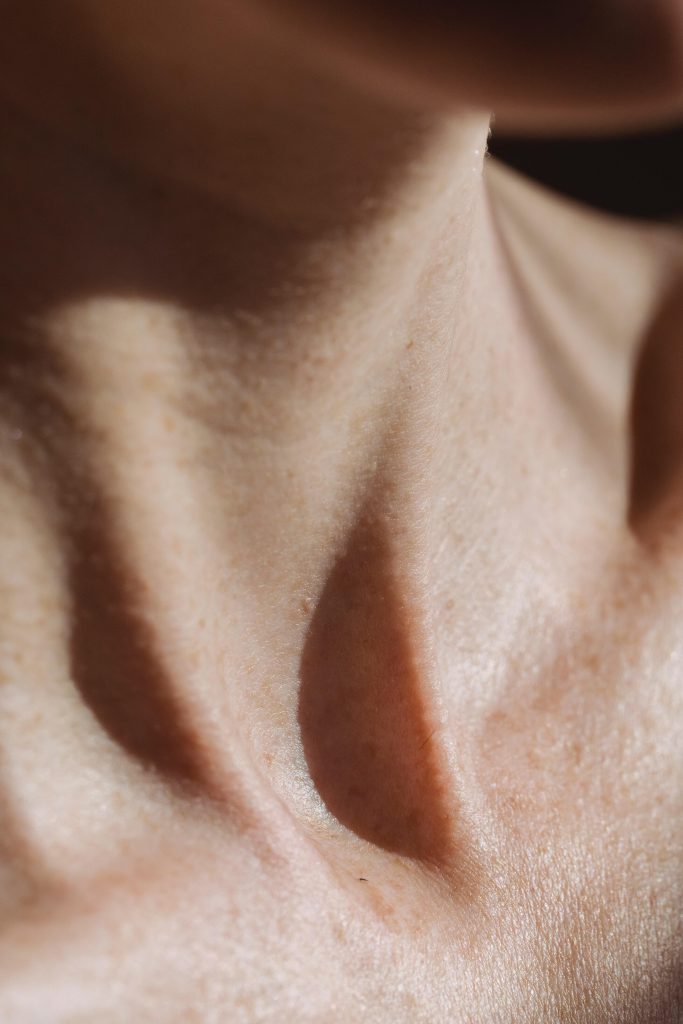
- Tightens Loose, Sagging Skin: A mini facelift effectively addresses sagging skin around the lower face and jawline, helping to restore a firmer, more youthful contour.
- Enhances Jawline Definition: The procedure adds a strong definition to the jawline, improving facial contours and providing a more sculpted appearance.
- Reduces Fine Lines and Wrinkles: A mini facelift diminishes fine lines and wrinkles by lifting and smoothing the skin. It can also be paired with laser treatments to address other skin concerns and give a smooth finish.
- Less Invasive: Compared to a traditional facelift, a mini facelift involves smaller incisions and less extensive surgery, which means a less invasive approach with fewer complications.
- Shorter Recovery Time: The recovery period for a mini facelift is typically shorter than that of a full facelift, usually lasting one to two weeks. This allows patients to return to their daily activities more quickly.
- Increased Self-Confidence: Enhancing one’s appearance can boost self-confidence, helping individuals feel better and more comfortable in social and professional settings.
- More Affordable: Generally, a mini facelift is more cost-effective than a traditional facelift, offering a more affordable option for those seeking significant cosmetic improvements without the higher cost.
- Less Scarring: A mini facelift’s smaller incisions result in less visible scarring than a full facelift, helping maintain a natural look with minimal evidence of surgery.
The recovery process, step-by-step guide
Recovery after a mini facelift and neck lift can vary between individuals, but there are general timelines and guidelines to follow. While initial swelling may obscure your new neck contours, most patients begin to notice a more defined, shapely neck by the end of the first week. Results will continue to improve over the next six months.
Both the mini facelift and neck lift can be performed under local anesthesia with sedation or general anesthesia. We will review these options during your consultation to help you choose the best procedure. Below is a general post-surgery care guide.
What to Expect
- Swelling and Bruising: After surgery, it’s normal to experience swelling, particularly in the face. If you had additional treatments like laser resurfacing, more fluid may accumulate, and your vision might temporarily become blurry. These symptoms typically improve over the first few days. Bruising and swelling usually subside within two weeks.
- Numbness: It’s common to experience numbness in the lower part of the face. This temporary loss of sensation generally resolves within six months. You may also notice tingling as nerves begin to regenerate.
- Muscle Weakness: Some patients may notice temporary muscle weakness, particularly around the corners of the mouth and eyes. This is normal and should improve as the facial tissues heal and regain strength.
- Tightness and Discomfort: Mild discomfort and tightness in the face and neck are expected during the first week. Over-the-counter pain medication or prescribed pain relief from your surgeon should help manage this. The tight feeling is a normal part of the healing process and will gradually decrease.
- Stitches and Bandages: You will likely have stitches around the incision areas. Your surgeon will provide specific instructions on when and how to remove bandages and care for the stitches, usually within the first week.
What to Look Out For
While most recovery symptoms are normal, certain signs warrant immediate medical attention:
- Sudden Swelling or Hematoma: If you notice rapid or significant swelling, particularly on one side or both, this could indicate a hematoma. Pay attention to any drains placed during surgery—if they start to fill with excessive fluid or blood, this is a potential concern. In severe cases, swelling can obstruct breathing and cause a medical emergency. Contact your surgeon or go to the nearest emergency room immediately if this occurs.
- Vision Issues: Double vision or severe, worsening pain in one eye is a warning sign that needs immediate attention.
- Persistent Nausea or Vomiting: If you experience ongoing nausea and vomiting, this could be a sign of complications.
- Infection: Redness, increasing swelling, fever (over 101°F), and spreading redness from the incision sites may indicate an infection. If you observe these symptoms, contact your doctor without delay.
Cleansing and Skin Care
We’ve likely given you specific instructions on how to clean your face post-surgery. Use a gentle solution, such as mild soap and water, to clean your face and incision areas. Avoid scrubbing or applying pressure to the skin. Pat your face dry with a soft towel instead of rubbing it. If your doctor recommends specific wound care products, follow those guidelines strictly.
It’s important to keep your incisions clean to prevent infection. Apply any prescribed antibiotic ointment or topical treatments as directed, typically twice daily. If you’ve had additional treatments, such as laser resurfacing, you may be advised to follow different skin care protocols, which will be explained to you during your post-op visit.
Sleep Position
Sleeping in an elevated position is essential for the first week after surgery to help reduce swelling and encourage proper fluid drainage. Use extra pillows to elevate your head or a wedge pillow to maintain a comfortable incline. Ideally, you should sleep upright as much as possible, but if you need to recline further, that’s okay. The key is to avoid sleeping flat or on your side, which can lead to uneven swelling and pressure on your healing incisions.
Avoid sleeping on your face or side for at least the first two weeks. Lying on the surgical site can increase the risk of displacing tissue or causing undue swelling, which could impact your final results.
Showering and Bathing
You may take a shower 24 hours after your surgery, even if you’ve undergone a laser treatment. However, avoid getting your head wrapped wet during this time. Let the water gently run over your body without directly soaking your face when showering. Do not scrub the surgical areas; lightly cleanse with mild products.
Avoid soaking in baths, hot tubs, or jacuzzis for at least six weeks post-surgery. Prolonged exposure to water or heat can disrupt healing, increase the risk of infection, and negatively affect your surgical results.
Managing Activity Levels
Light activity is essential for a smooth recovery. Moving around helps promote circulation, prevent blood clots, and accelerate healing. Here’s a breakdown of what you should and shouldn’t do:
Walking and Light Movement
It would be best if you were up and walking around the day after surgery. Light walking is highly recommended to encourage circulation and prevent complications like deep vein thrombosis (blood clots). Aim for at least 5-minute walks three times a day. If you were advised to wear compression stockings, keep them on for at least three days to support blood flow in your legs. Some patients may also benefit from wearing sequential compression devices, which can be worn for up to a week to further reduce the risk of clots by gently squeezing the calves.
Avoiding Strenuous Activity
For the first two weeks, avoiding any strenuous activity that could raise your heart rate or blood pressure is crucial, as this could cause bleeding or swelling in the face and neck. This includes vigorous exercise, heavy lifting, and even sexual activity. Engaging in high-intensity activities too soon can delay your healing process and compromise your results. Your surgeon will guide you on safely returning to your normal workout routine.
Once the initial recovery period is over, you can gradually increase your activity level, but always consult with your surgeon before resuming exercises like running, yoga, or weightlifting.
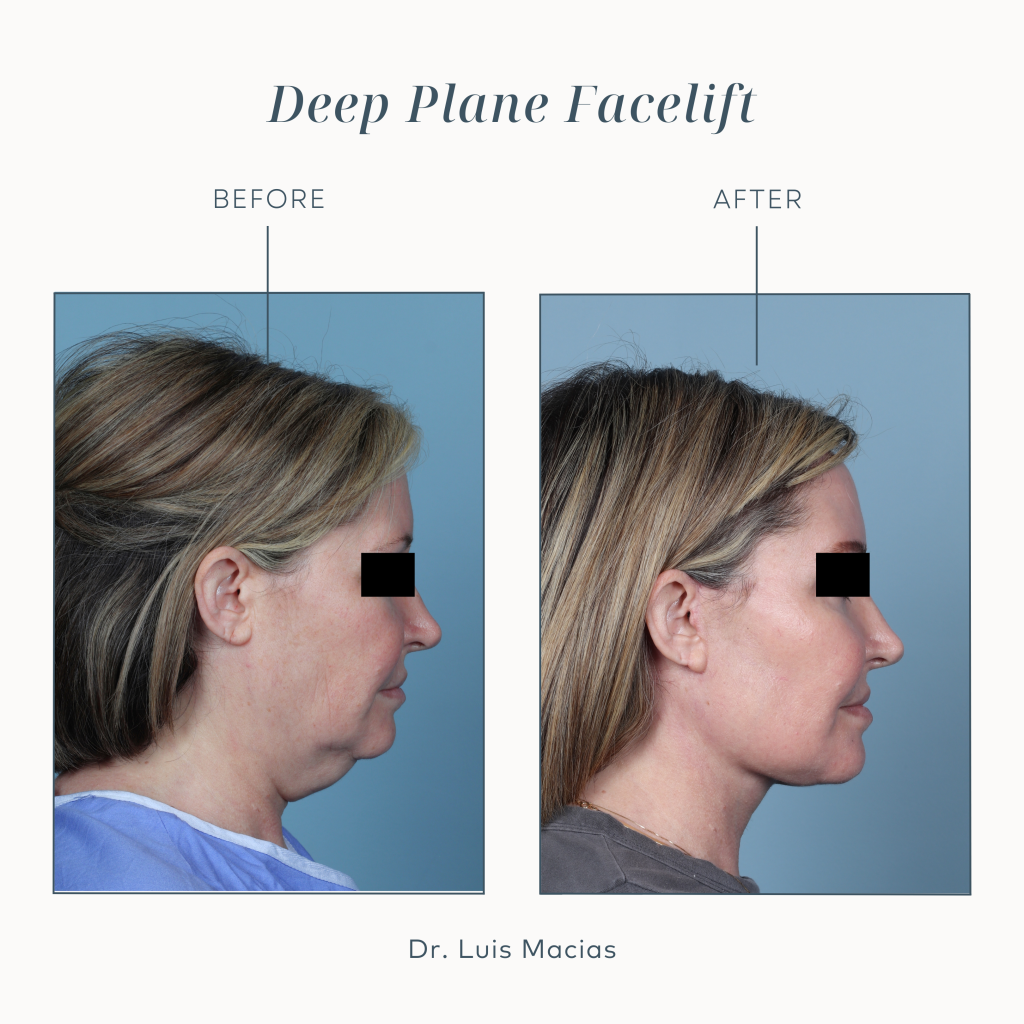
Diet
Proper nutrition is key to supporting your body’s healing process after surgery. While there are no strict dietary restrictions, following these guidelines will aid your recovery.
- Drink plenty of water throughout the day to stay well-hydrated. Hydration is vital for healing tissues and flushing out toxins from the body.
- Consume nutrient-rich foods high in protein, vitamins, and minerals to support tissue repair. Smoothies and protein shakes are excellent options if you don’t have much appetite immediately after surgery.
- Consume food that doesn’t require much chewing, which is ideal when your face and neck are still swollen or sore.
- Avoid spicy or hard-to-digest foods for the first few days. They can cause stomach irritation or digestive upset, which you’ll want to avoid during your recovery. Stick to easily digestible meals such as soups, soft vegetables, lean proteins, and whole grains.
- Increased caloric intake since your body will require about 20% more calories than usual during the healing process.
- If you lack appetite, try consuming small, frequent meals or nutrient-dense snacks to provide the extra energy your body needs to heal efficiently.
What to avoid?
- Sun Exposure: To promote optimal healing, avoid direct sun exposure on your incisions for at least six months following your procedure. Sun exposure can increase the risk of complications and affect the appearance of your scars.
- Alcohol Consumption: Refrain from consuming alcohol for at least two weeks after your surgery. Alcohol can interfere with your body’s healing process and interact negatively with any prescribed medications.
- Smoking: It is strongly advised to quit smoking altogether for the best recovery outcomes. If quitting is not feasible, ensure you stop smoking for a minimum of six weeks post-surgery, as smoking can impede healing and increase the risk of complications.
- Driving and Machinery: Do not drive or operate heavy machinery immediately after your surgery or while you are taking any narcotic pain medication. These activities can be dangerous and may impair your ability to react quickly.
Scarring
During a mini facelift, incisions are typically made around the ears and sometimes in the hairline. These incisions are carefully placed to minimize visible scarring and are designed to blend into natural contours. Despite this, some degree of scarring is inevitable. Most scars are initially red and raised but gradually fade and become less noticeable. The final appearance of scars can vary based on individual factors such as skin type, healing response, and adherence to post-operative care instructions. However, the scar can be covered with makeup after the first week.
Final remarks
Navigating the aging journey is a deeply personal experience, defined by the gradual changes we notice in ourselves over time. As these signs of aging become more pronounced, many seek effective solutions through procedures like the mini facelift and neck lift. These treatments can offer a refreshed and youthful appearance, but achieving and maintaining the best results involves more than selecting the right procedure. It also requires dedicated post-surgery care. Patience is essential, as the healing process can span several weeks to months, and the final results may only become fully apparent over time. Whether opting for a mini facelift or a neck lift, pursuing a more youthful and vibrant appearance means managing our expectations and being ready to embrace and celebrate the beauty of aging gracefully.



